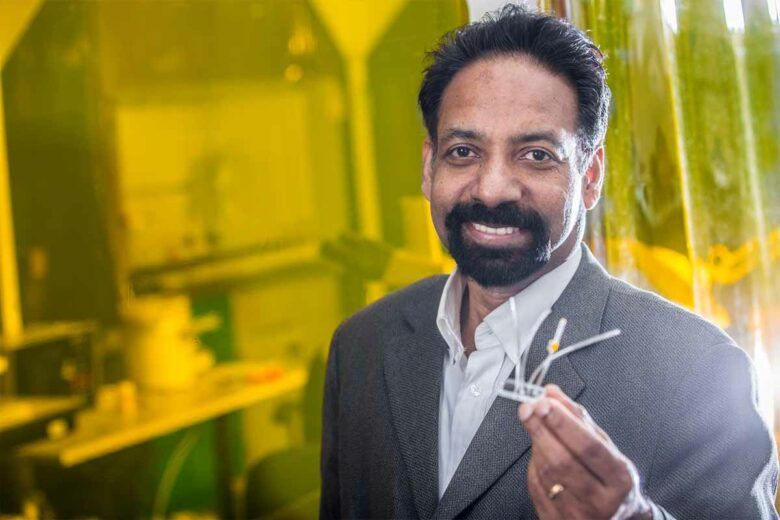This is a particularly promising invention at a time when the need for alternatives to fossil fuels has never been more urgent. In fact, the process makes it possible to produce electricity while promoting the absorption of carbon dioxide. To do this, the team from the optical and biological microsystems laboratory at Concordia University in Quebec developed an emission-free algae-based generator. This captures electrons to generate current. “The idea of the photosynthetic microcell is to extract the electrons produced by the process of photosynthesis”explains in a press release Kirankumar KuruvinashettiPh. D. 20, who is among the authors of a new study recently published in the journal Energies.
Water as a by-product!
According to the researchers, in addition to producing electricity, their microcell only releases water as a byproduct when it operates. She might be used to power very low consumption devices energy such as IoT sensors. To achieve this feat, the team created a process that involves suspending algae in a potassium ferricyanide solution and housing them in tiny electrical cells. The latter comprise a cathode chamber and an anode separated by a honeycomb-shaped proton exchange membrane.
Continuous electricity production
To capture the electrons, microelectrodes are placed at the level of the cathode chamber and the anode. This has the effect of generating electricity when the process of photosynthesis is triggered in the algae. Interestingly, the researchers found that current production was maintained even without direct exposure to light of the sun. According to Dhilippan Panneerselvamdoctoral student and co-author of the article, this phenomenon is explained by the fact that plants “also release electrons during respiration”, that is to say when they capture oxygen from the atmosphere before releasing a small quantity of carbon dioxide.
Different configurations possible
The working group evaluated the performance of microphotosynthetic energy cells (μPSCs) using different configurations. They found that combining series and parallel arrays of microcells generated more power than using simple series or parallel connections.


With a voltage struggling to reach 1 V, algae-based photosynthetic cells are still far from being able to compete with energy production systems existing. However, the researchers believe that over time they should be able to improve the results. More info: mdpi.com. In your opinion, does the production of electricity from plants have a future? I invite you to give us your opinion, your comments or point out an error in the text, click here to post a comment.
More than 900,000 subscribers follow us on the networks, why not you?
Subscribe to our newsletter and follow us on Google News and on WhatsApp so as not to miss any invention and innovation!








